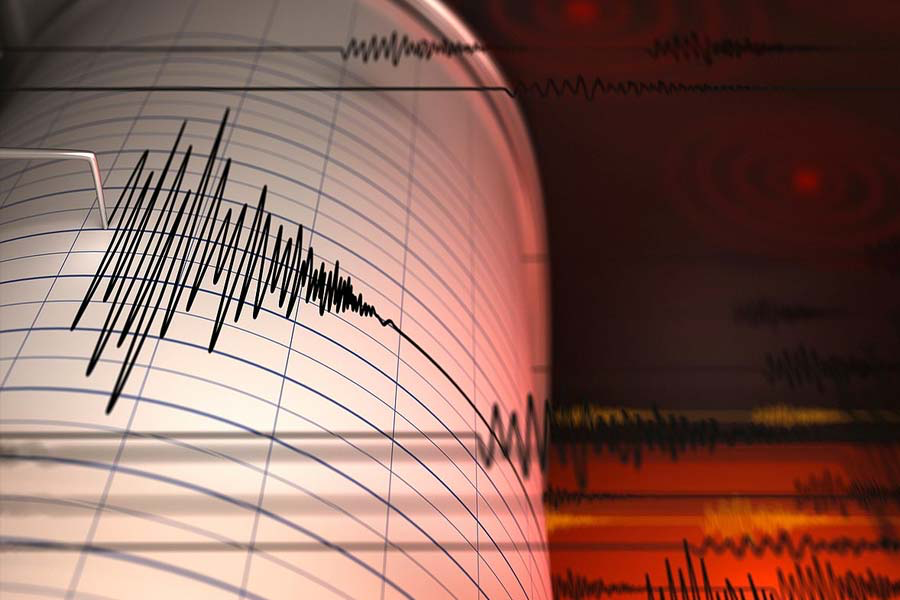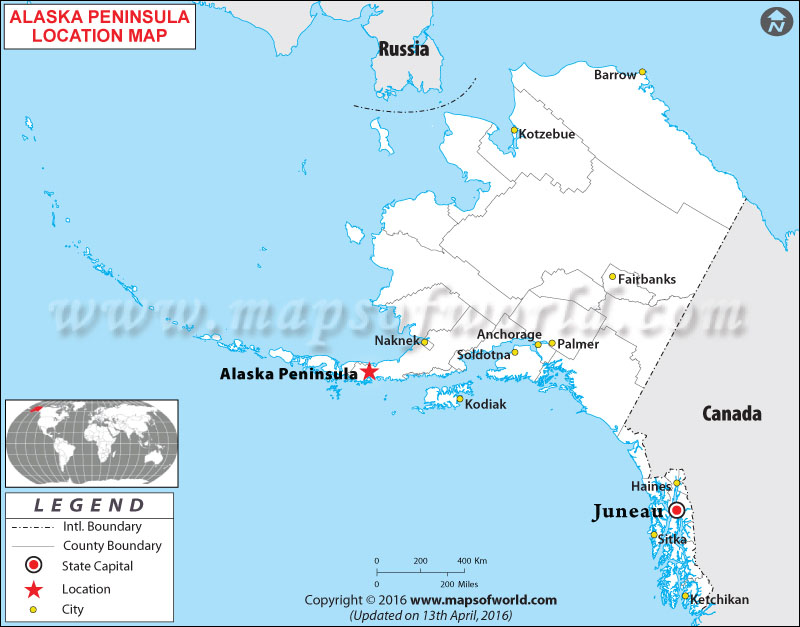Free Courses Sale ends Soon, Get It Now


Free Courses Sale ends Soon, Get It Now



Disclaimer: Copyright infringement not intended.
Context
Earthquake event that occurred in the Alaska Peninsula region.
Details
Earthquake Details
Impact
Additional Information
About Alaska Peninsula

Disclaimer: Copyright infringement not intended.
Geography and Location
Volcanoes and Geothermal Activity
Biodiversity and Wildlife
Human Settlements and Indigenous Culture
Importance for Recreation and Tourism
|
PRACTICE QUESTION Q) Which of the following statements about the Alaska Peninsula is true? A) It is located in the northeastern part of the U.S. state of Alaska. B) It has a dense population with large cities and urban areas. C) It is the site of several active volcanoes, including Mount Katmai and Mount Redoubt. D) It is known for its flat, barren landscape without any significant geographical features. Answer: C |
https://www.telegraphindia.com/world/magnitude-7-4-quake-hits-alaska-peninsula-tsunami-warning-issued/cid/1952447
© 2024 iasgyan. All right reserved